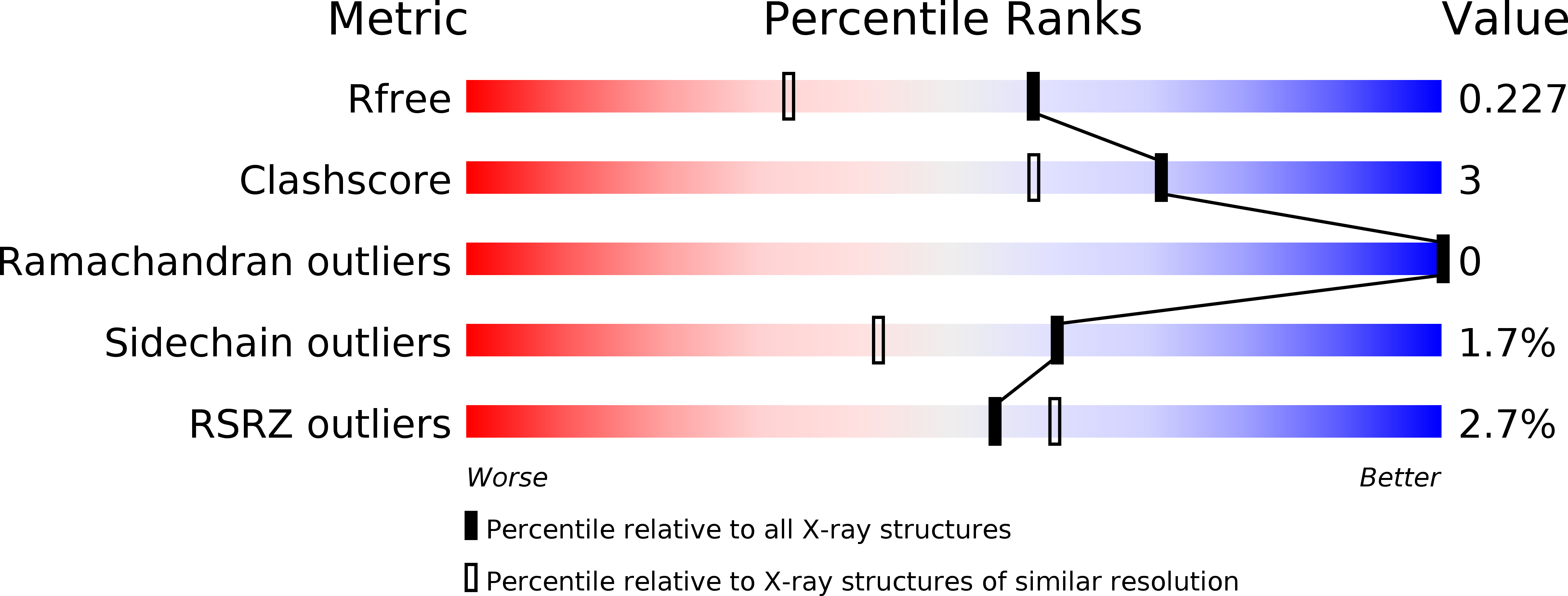
Deposition Date
2017-09-19
Release Date
2018-07-04
Last Version Date
2024-10-23
Entry Detail
Biological Source:
Source Organism:
Sulfolobus acidocaldarius (Taxon ID: 2285)
Host Organism:
Method Details:
Experimental Method:
Resolution:
1.75 Å
R-Value Free:
0.21
R-Value Work:
0.17
R-Value Observed:
0.17
Space Group:
P 21 21 21


